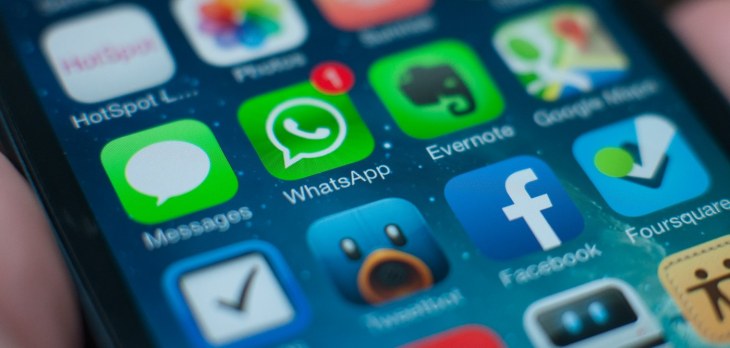App updates are a strategic tool used by developers to revive waining interest in their software and spark downloads. That’s one of the conclusions from a study by a group of Italian academics looking at how app developers use updates to attract attention, and how effective this strategy is on Android vs iOS.
The research paper, entitled Updates Management in Mobile Applications. iTunes vs Google Play, examines performance differences between app updates on Google’s Play Store vs Apple’s App Store, with the researchers concluding that updates are a better way to drive app downloads on iOS than on Android.
They looked at the top 1,000 apps on the iTunes and Google Play stores across five European countries over a period of six months. An update is more likely to be released when a developer observes “a worsening” of the app’s performance, according to their findings.
“Our results confirm that updates boost downloads and are more likely to be released when the app is experiencing a poor performance. We interpret this finding as evidence that app developers use updates as a ‘bet for resurrection’ strategy,” they write.
Android and iOS developers release updates with what they characterize as “an extremely high frequency”, although updates are more frequent on Android — with apps on Google Play being updated on average every 28 days, and apps on iTunes being updated every 59 days.
The authors suggest that the lack of a “significant impact” generated by updates for apps on Google Play might be down to the lack of any quality review process — meaning “both high and low-quality updates” are published, and “excessive updating” of apps on Google Play effectively dilutes the impact on overall downloads.
When it comes to iOS apps, the researchers suggests developers use minor updates (such as bug fixes and small tweaks) as a “strategic tool” to boost app performance on the store — rather than major updates (with significant changes in app functionalities), owing to the greater development time and effort required to bake a major update.
So an iOS app getting lots of minor updates could be a sign of a developer acting strategically to try to combat waining interest.
They note:
We also find that a poor past performance of the app increases the chances that the developer releases a minor update but has no impact on major updates. We interpret this result as evidence that only minor updates are used as strategic response to poor past performance.
Other findings from the research include —
- the vast majority of top apps are free (just 17 of the top 1,000 app on Google Play were paid apps);
- on iOS the proportion of paid apps in the top 1,000 was slightly higher (8.3 per cent)
- app with in-app purchases were more common on iOS than Google Play, with a majority (56.2 per cent) of the iOS apps having in-app purchases, vs less than a third (29.7 per cent) of the Google Play apps
- download figures are around 5x higher on Google Play than the App Store
- user ratings across the top 1,000 apps on both stores were more than 4 stars but the number of users providing a rating was double on Google Play
- iOS apps in the top 1,000 were older on average than Google Play top 1,000 apps, suggesting a higher turnover rate for the most popular Android apps
- in both stores around a third (35 per cent) of apps are local (defined as at least 40 per cent of its downloads coming from its country of origin)
